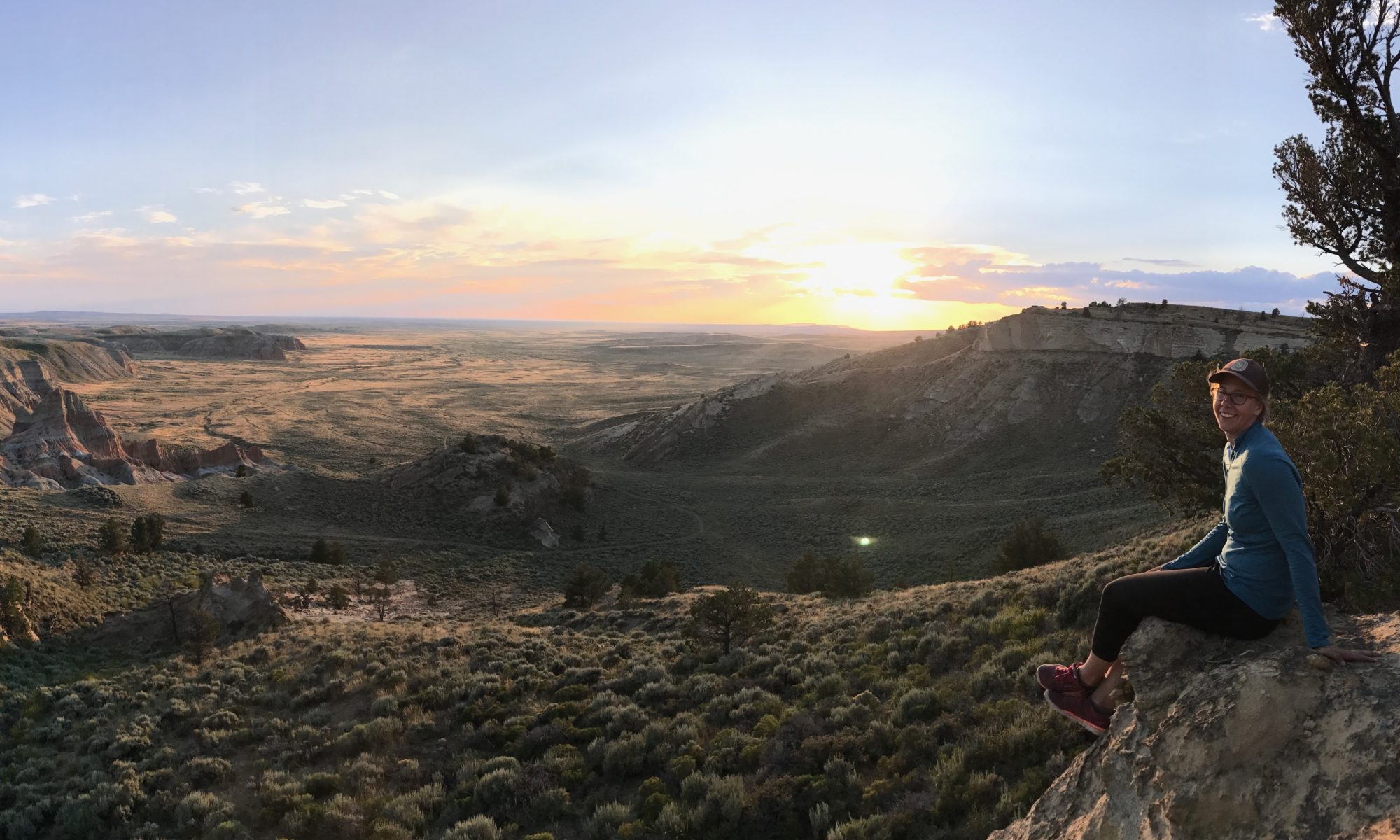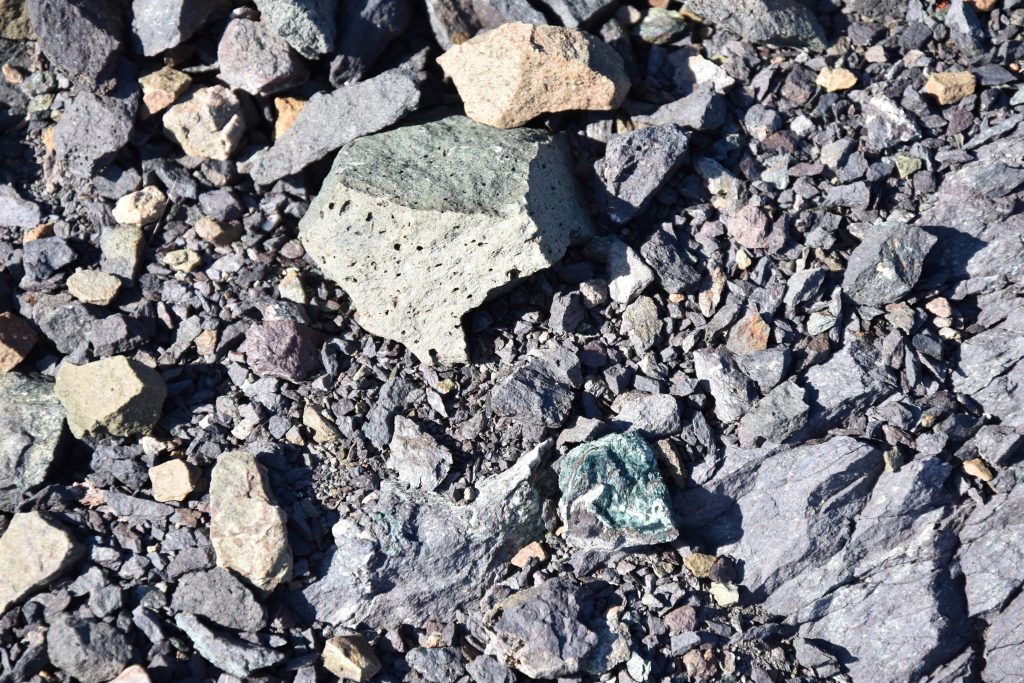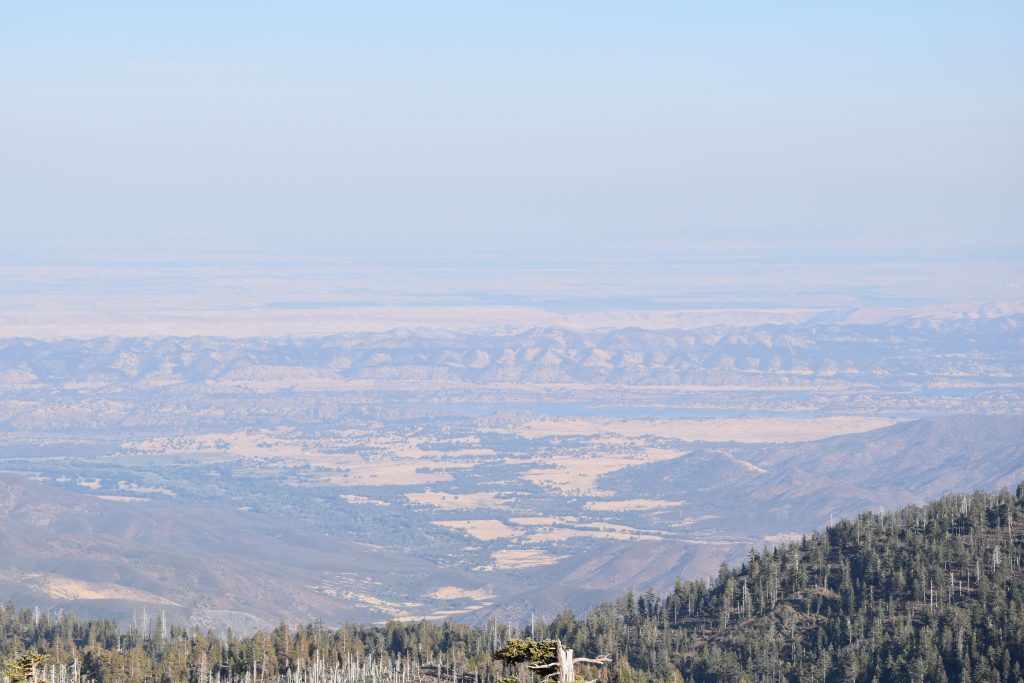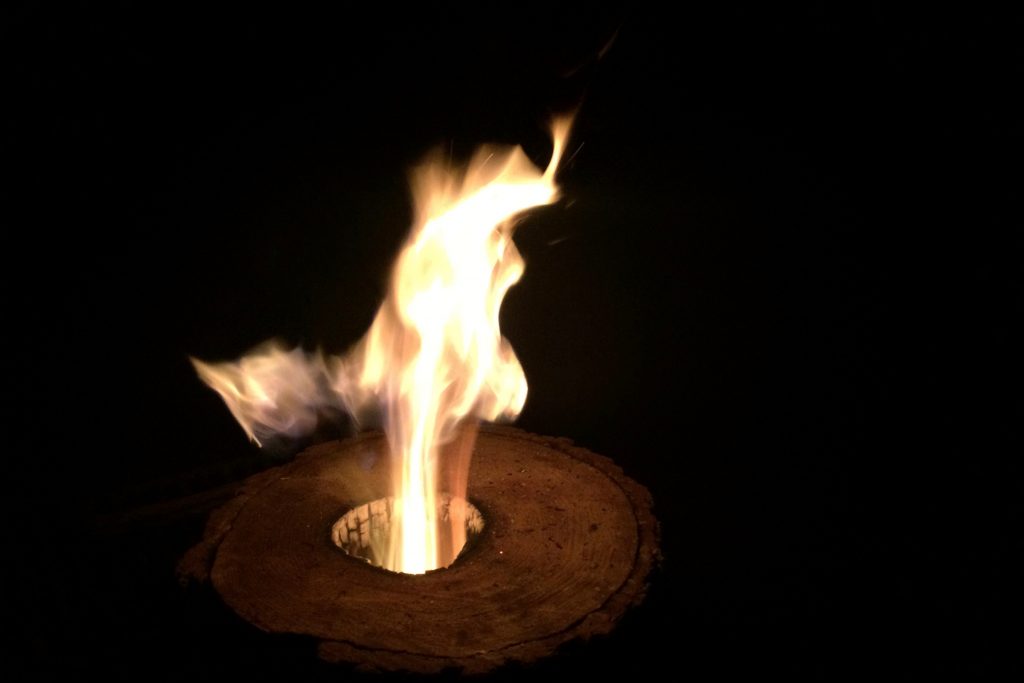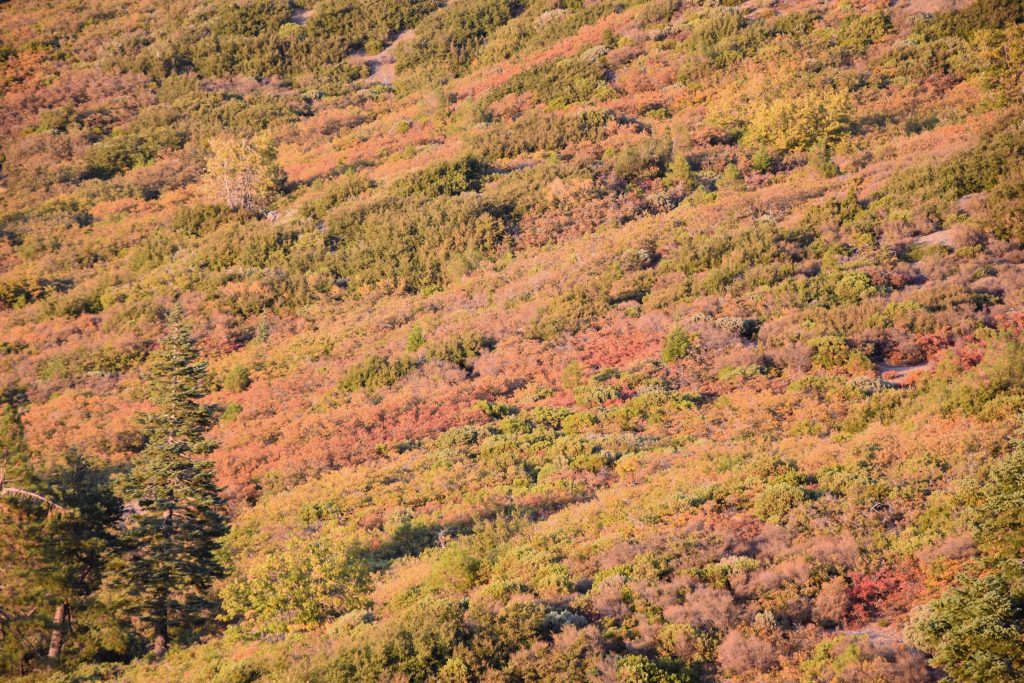
Once covered by ocean waters, it is a landscape shaped by geologic forces of staggering power overlain with bountiful but fragile biodiversity. Anchored in the north by Snow Mountain’s remote forests and in the south by scenic Berryessa Mountain, this area stretches through unbroken wildlands and important wildlife corridors, a mosaic of native grasslands, picturesque oak woodlands, rare wetlands, and wild chaparral.
– Presidential Proclamation, July 10, 2015
The 330-thousand acre Berryessa Snow Monument has been called “California’s best kept secret.” It boasts unique and diverse ecosystems that provide important habitat for wildlife and ensures important wildlife corridors remain intact. The Monument is home to California’s largest population of dragonflies and second largest population of wintering bald eagles. There is an abundance of butterfly, river otter, tule elk, black bear and many more animals.
In addition, the Monument acts as a gateway to the wild, providing nearby urban areas opportunities for solitude and recreation. The Monument is fewer than 100 miles from both the Bay Area and Sacramento. Access to the southern end of the Monument is less than an hour from Sacramento.
Berryessa Snow wraps around Lake Berryessa and then extends north from Berryessa Mountain to the Mendocino National Forest and the Snow Mountain Wilderness. Along with Snow Mountain, Berryessa has two other wilderness areas within its boundary, the Cedar Rough and Cache Creek.
The geology of the Monument is particularly unique. At least two mountains, Snow Mountain and Goat Mountain, were believed to be have been formed underwater during the Jurassic Period 145 to 199 million years ago! The Monument protects a range of habitats, ranging from sea-level to 7,000 feet and with unique micro-climates that support diverse species. Along with this great diversity, Native American people inhabited the area for over 11,000 years, and the landscape has deep cultural significance to over a dozen tribes today.
For our visit, we explored the Snow Mountain Wilderness located in the northern portion of the Monument. We camped at Letts Lake, a beautiful lake that seems well-used and well-loved. People were camping, fishing, hiking, and just enjoying time with family. The Mendocino Forest (in areas not in wilderness) is also used by OHV lovers, off-road vehicles like dirt bikes, side by sides, and ATVs. We were there during hunting season, so there were lots of people out using the Monument for hunting. (Yes, hunting and OHV use are still permitted in areas within the Monument).
The crown jewel of Snow Mountain Wilderness and namesake of the Monument is Snow Mountain, so we decided to head to its summit. We had a beautiful day for our hike, the early beginnings of fall, slightly crisp air and leaves just starting to change.


There is no shortage of amazing public lands in California and it was great to explore so many monuments located so close to urban areas. These places provide crucial access to fresh air, protection of clean water, and space to connect with natural areas. Berrryessa Snow Mountain provides all of this and more. As John Muir said: “Thousands of tired, nerve-shaken, over-civilized people are beginning to find out that going to the mountains is going home; that wildness is necessity . . . “
For great info on the Monument check out the organization Tuleyome. They are a leading voice for the protection of this amazing area.
